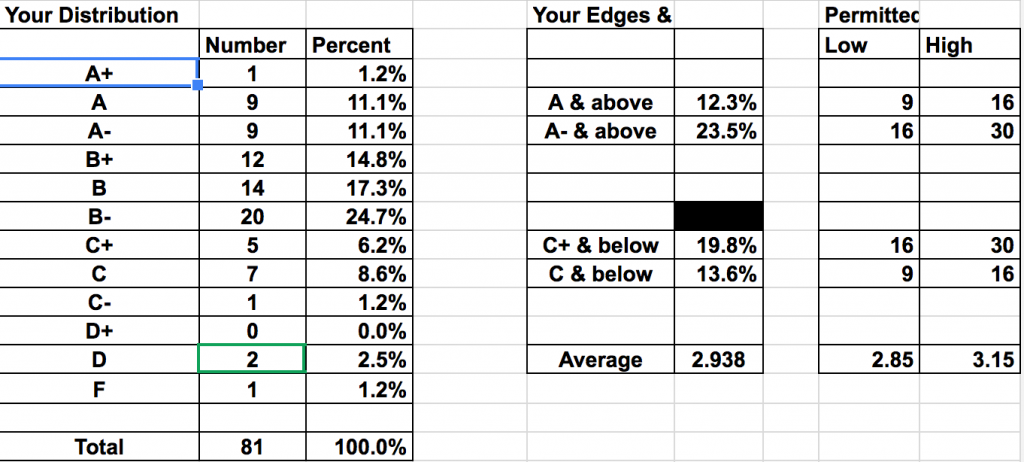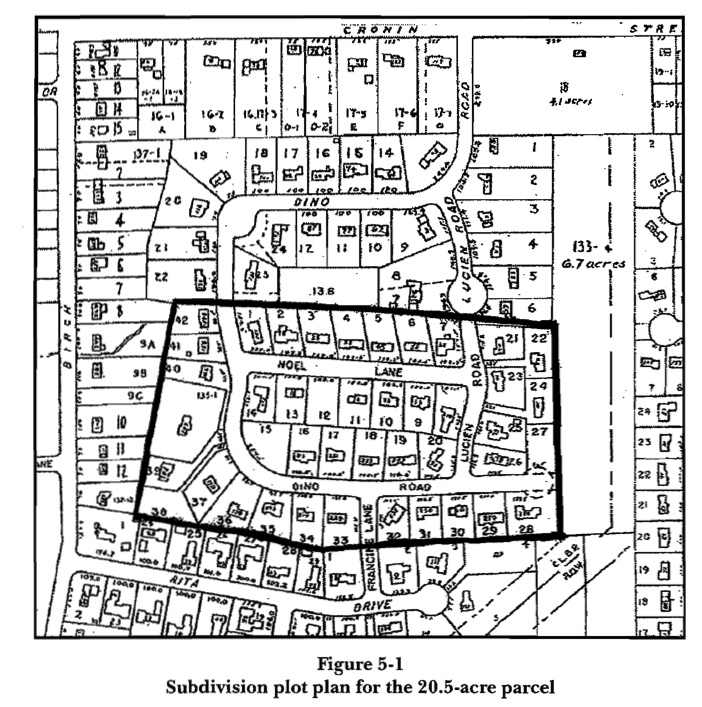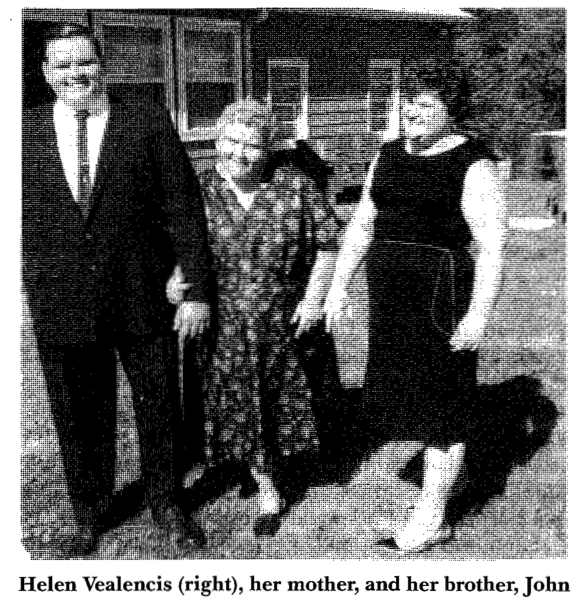One of the never-ending debates among SCOTUS watchers is what is the difference between a “reverse” and “vacate.” When scoring cases for FantasySCOTUS, I often get into vigorous debates over scoring cases when there is a “vacate,” and whether that is actually a reversal of the lower court’s key holding. Now, we have a new insight into the answer.
Tony Mauro reports that Jack Metzler has published the Supreme Court’s internal style manual, which previously was not available to the public. How did Metzler get it?
“I don’t have a confidential source,” Metzler said. Instead, he went to the court’s library, which is open to members of the Supreme Court bar like him as well as court staff and certain congressional and executive branch employees. He was given a copy—unnumbered—of the 2013 version of the manual, which he then photocopied.
Critically, we learn this insight about the distinction between “reverse” and “vacate.”
But one substantive entry seems to resolve a long-simmering debate among court geeks about why the court, when it rejects a lower court ruling, sometimes “reverses” it and other times “vacates” it.
“In virtually every term,” the manual states, “the question arises whether the Court should vacate, as opposed to reverse, particular lower court judgments. The rule of thumb applied by the Office of the Clerk of the Court is easy to state, but may be difficult to apply in particular instances: This Court should reverse if it deems the judgment below to be absolutely wrong, but vacate if the judgment is less than absolutely wrong. Questions in difficult cases should be directed to the Chief Deputy Clerk.”
There you go. Reverse is when things are really, really wrong. Vacate is when it is somewhat wrong.
Good to know!



